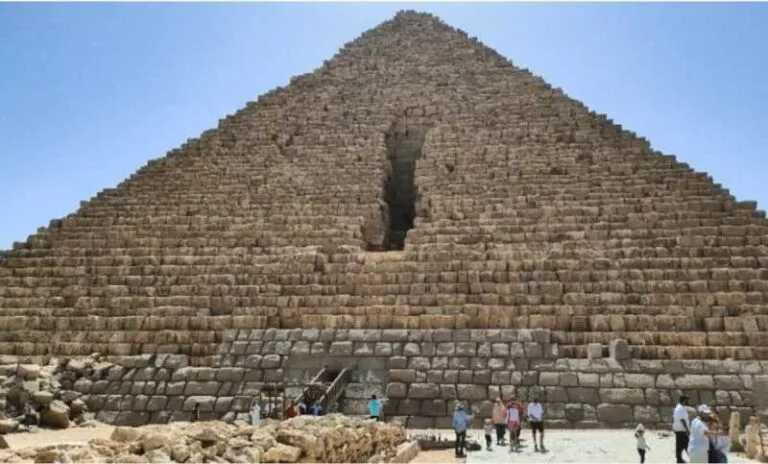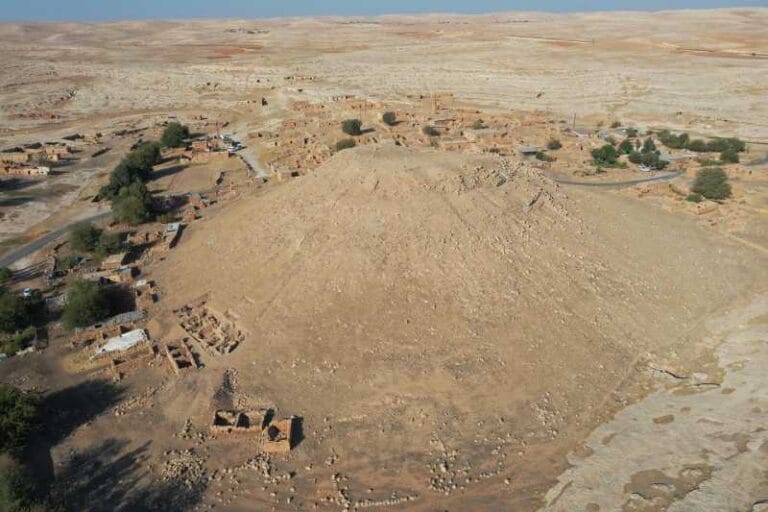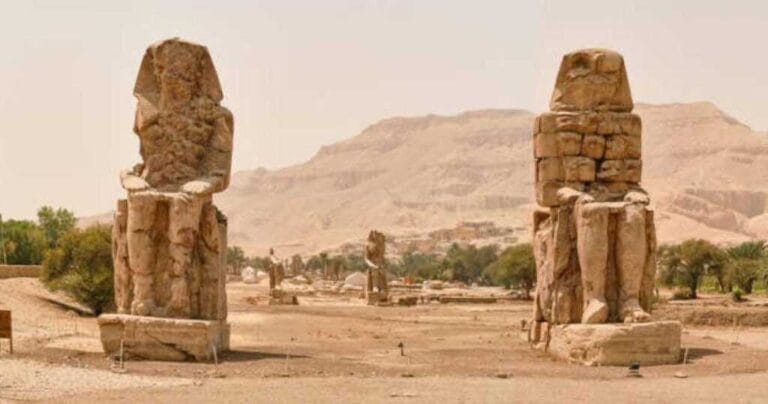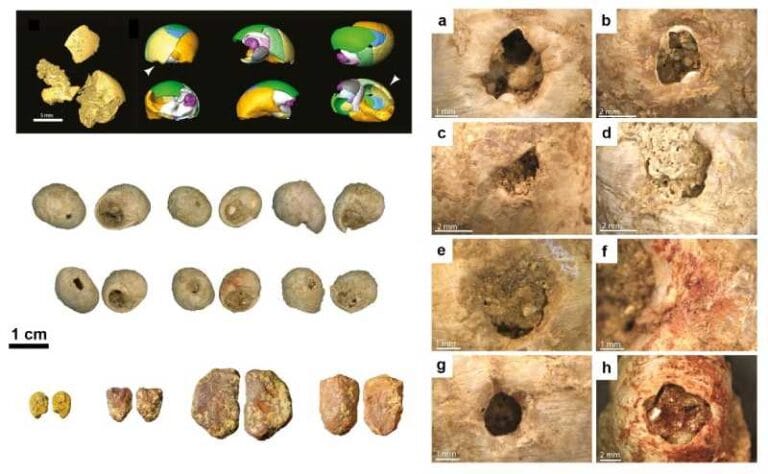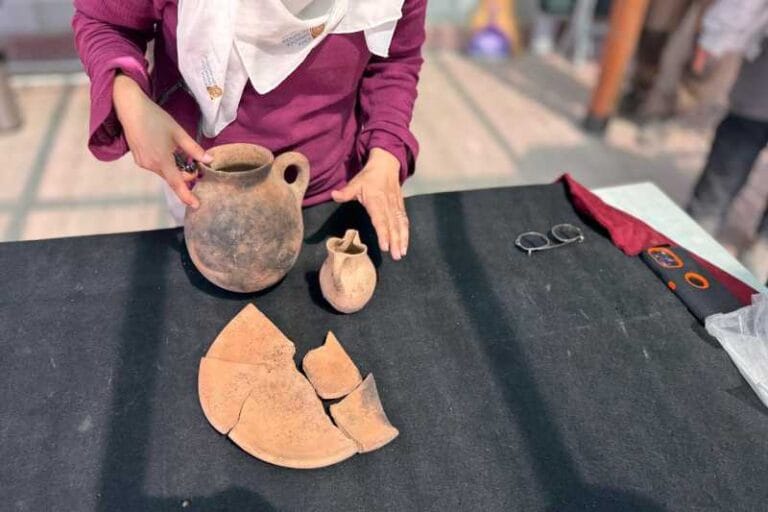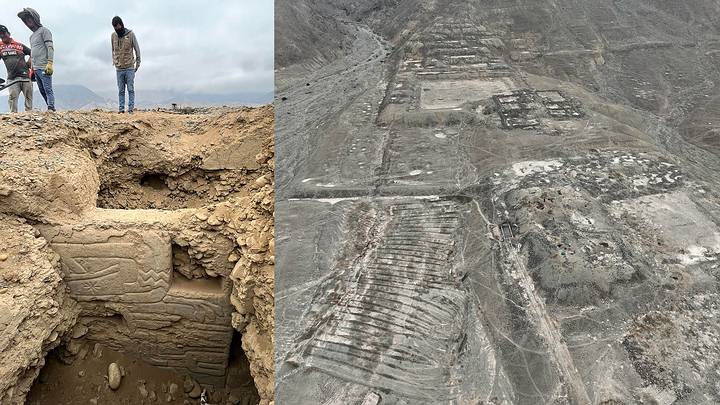Mummies with golden tongues and nails found in Al-Bahnasa.

In a remarkable discovery, a Hispano-Egyptian archaeological team has uncovered extraordinary human remains, including 13 tongues and golden nails, within tombs dating back to the Ptolemaic period in the historic region of Al-Bahnasa, located in Egypt’s Minia Governorate.
In ancient Egypt, the placement of golden tongues on mummies carried profound symbolic and ritual significance. It was believed that these golden tongues enabled the deceased to communicate with the gods in the afterlife.
Gold, revered as a divine and imperishable material, symbolized eternity and purity. Similarly, the golden nails may have been intended to preserve the deceased’s appearance in its most idealized form, ensuring their dignity and readiness for the afterlife.
A team led by the University of Barcelona and the Institute of the Ancient Near East has uncovered a remarkable example of this practice in Al-Bahnasa, located approximately 190 kilometers south of Cairo, along the western bank of the Nile River.

“The human remains with 13 golden tongues and nails provide us with a fascinating insight into the religious beliefs of the Ptolemaic period, emphasizing the importance of gold as a link between the human and the divine,” commented Dr. Mohamed Ismail Khaled, Secretary General of the Supreme Council of Antiquities of Egypt.

In addition to the mummies, the tombs explored also contained limestone sarcophagi and various ritual artifacts, such as heart scarabs and amulets depicting deities like Horus, Isis, and Thoth. Among these artifacts, 29 “Djed” pillar amulets were found, symbolizing stability and regeneration.
The burial chambers, adorned with vibrant texts and scenes, revealed depictions of gods like Anubis, Osiris, and Nut, along with artistic details previously unseen in this region. A delicate layer of gold covers the face of a mummy, as well as the figures of deities surrounding it, symbolizing the preservation and spiritual transcendence of the deceased—key elements of Ptolemaic funerary practices.

This remarkable level of artistic and ritual detail marks a significant advancement in understanding these practices and enriches the historical legacy of Al-Bahnasa, known in ancient times as the city of Oxyrhynchus.
According to Dr. Maite Mascort, co-chair of the mission, “The presence of these golden tongues and nails highlights not only the level of artistic and religious sophistication of the time, but also the deep connection between beliefs about life and death in ancient Egypt.”
The mission will continue its research in this rich archaeological region, which continues to captivate the world with its well-preserved secrets.

